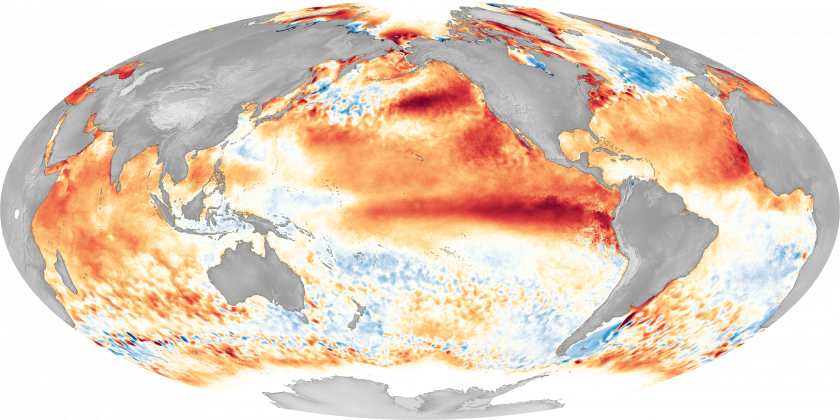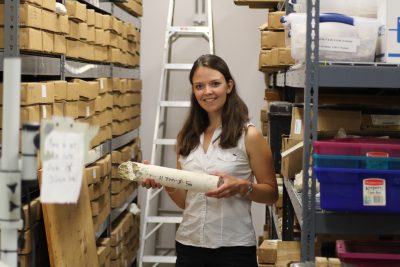Ancient El Niños Reveal Limits to Future Climate Projections
March 15, 2022

The climate pattern El Niño varies to such a degree that scientists will have a hard time detecting signs that it is getting stronger with global warming. That’s the conclusion of a study led by scientists at The University of Texas at Austin that analyzed 9,000 years of Earth’s history. The scientists drew on climate data contained within ancient corals and used one of the world’s most powerful supercomputers to conduct their research.

The study of the past, which was recently published in Science Advances, was motivated by the need to get a clearer picture of how climate change may impact El Niño in the future.
El Niño is the warm phase of the El Niño Southern Oscillation, a climate phenomenon that sets the stage every few years for weather patterns worldwide. Strong El Niño events, like the ones in 1997 and 2015 that brought wildfires to the rainforests of Borneo in Asia and caused widespread bleaching to the world’s coral reefs, come around about once a decade.
Computer models, however, are unclear whether El Niño events will become weaker or stronger as the world warms due to climate change.

“Much of the world’s temperature and rainfall is influenced by what happens in the tropical Pacific Ocean where El Niño starts,” said the study’s lead author Allison Lawman, who began the research as a Ph.D. project at UT Jackson School of Geosciences and is now a postdoctoral researcher at the University of Colorado, Boulder. “The difference in rainfall between greater or fewer strong El Niño events is going to be a critical question for infrastructure and resource planners.”
Lawman and her collaborators used the Lonestar5 supercomputer at UT’s Texas Advanced Computing Center to run a series of climate simulations of a period in Earth’s history before human influences, when the main source of climate change came from a tilt in the Earth’s orbit. The simulations were verified using a coral emulator Lawman had previously developed to compare them to climate records from ancient corals.
They found that although the occurrence of strong El Niño events intensified over time, the change was small compared to El Niño’s highly variable nature.
“It’s like trying to listen to soft music next to a jackhammer,” said study coauthor Jud Partin, a research scientist at the University of Texas Institute for Geophysics.

To achieve this, Partin, Lawman and the study’s other authors call for further investigations into even earlier times in Earth’s history, like the last ice age, to see how El Niño responded to more intense changes in climate forces.
“Scientists need to keep pushing the limits of models and look at geological intervals deeper in time that could offer clues on how sensitive El Niño is to changes in climate,” said co-author Pedro DiNezio, an associate professor at University of Colorado Boulder. “Because if there’s another big El Niño it’s going to be very hard to attribute it to a warming climate or to El Niño’s own internal variations.”
The research, including much of Lawman’s doctoral degree, was funded by the National Science Foundation. Project partners included Rice University and University of Arizona.
Constantino Panagopulos, University of Texas Institute for Geophysics, 512-574-7376; Monica Kortsha, Jackson School of Geosciences, 512-471-2241; Anton Caputo, Jackson School of Geosciences, 512-232-9623.
